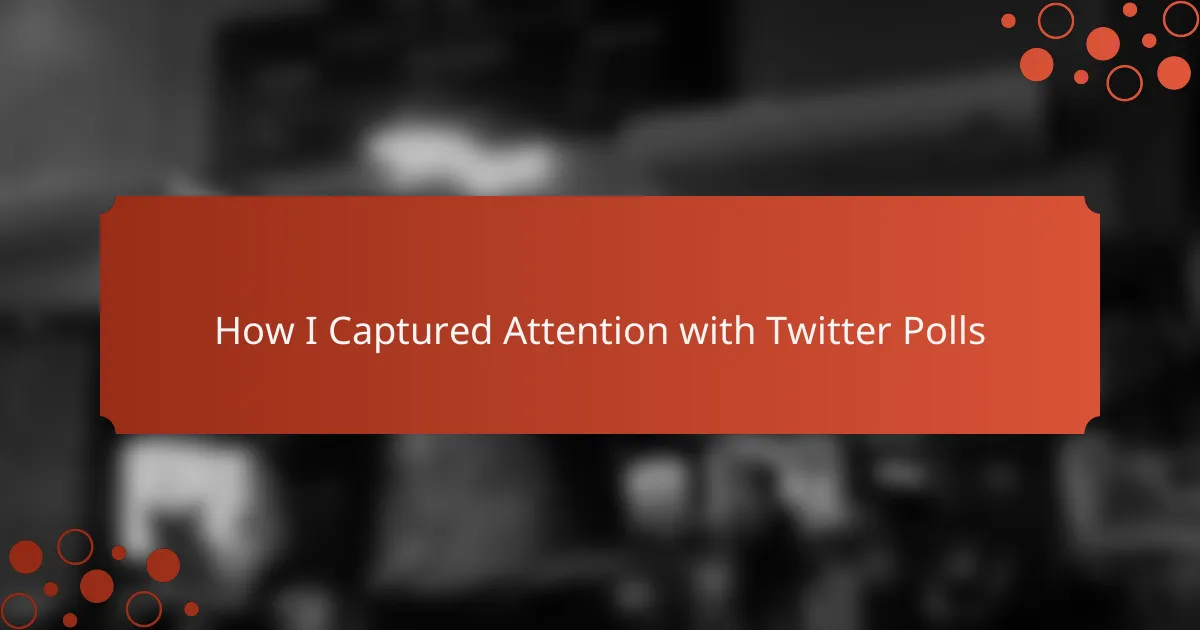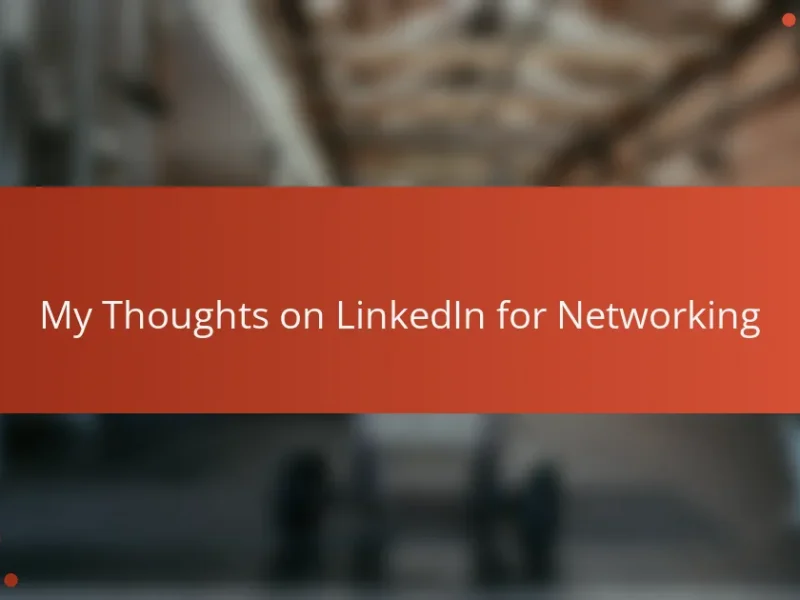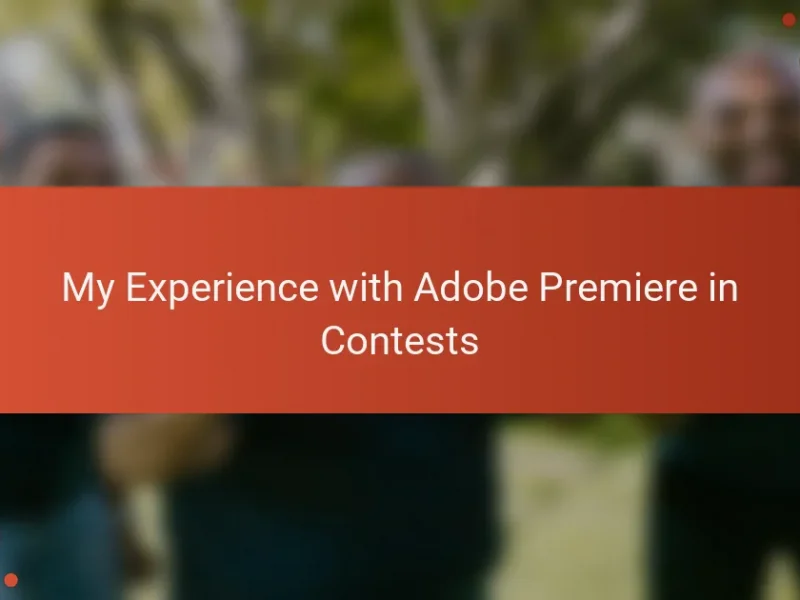Key takeaways
- Twitter polls encourage quick engagement by allowing users to respond with just one tap, making them feel connected with minimal effort.
- Crafting clear, intriguing questions and timing posts when the audience is most active significantly boosts the number of responses.
- Design effective poll questions by focusing on relevance and limiting options to avoid overwhelming participants.
- Analyzing poll results involves looking beyond numbers to understand audience preferences and uncover hidden insights for future engagement.
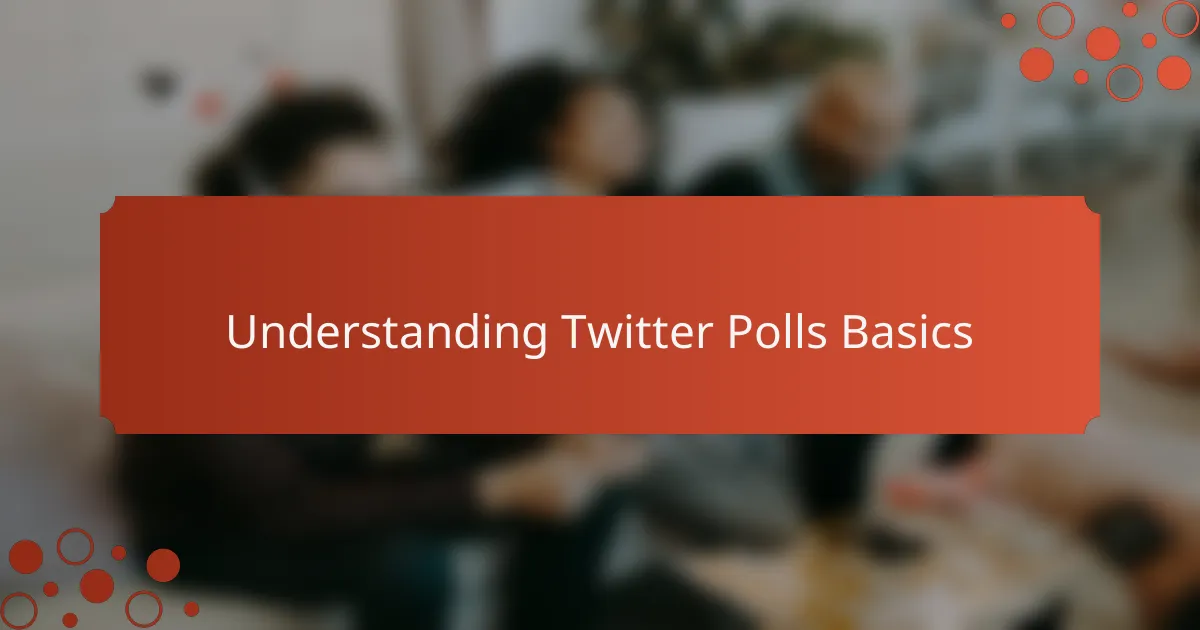
Understanding Twitter Polls Basics
Twitter polls are a simple yet powerful way to spark interaction. I remember when I first tried one—I was surprised by how easily a quick question could pull in dozens of responses in minutes. It’s just about presenting a clear question with up to four options for people to pick from.
What struck me most is how these polls create instant engagement without overwhelming your audience. Have you ever scrolled past tweets because they felt like too much work? Twitter polls break that barrier, letting people participate with a single tap. It’s a low-commitment way to connect.
From my experience, understanding this simplicity is key before diving deeper. The real magic happens when the poll reflects your audience’s interests or sparks their curiosity—making them feel heard and involved. That’s why getting the basics right feels like unlocking a direct line to your followers’ thoughts.
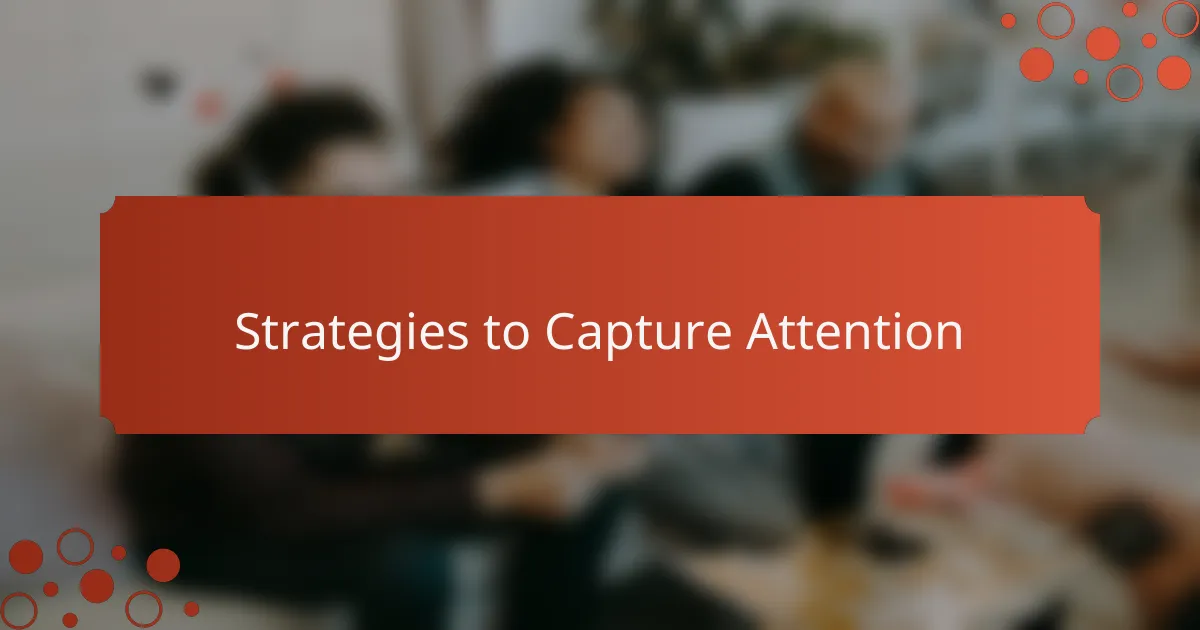
Strategies to Capture Attention
Capturing attention on Twitter isn’t just about asking any question—it’s about crafting one that sparks curiosity or emotion right away. I’ve found that when I phrase polls like a quick challenge or a surprising fact, people can’t help but stop and tap their choice. Have you noticed how a little intrigue makes a big difference in engagement?
Timing plays a huge role, too. Posting when your audience is most active turned my polls from a trickle to a flood of responses almost overnight. It’s like catching a wave at just the right moment—momentum builds fast and your poll becomes a conversation starter.
And here’s something I learned the hard way: clarity beats cleverness every time. When a poll is too vague or complicated, people scroll right past. But when it’s simple and straightforward, they jump in instantly. It’s a small tweak that made my polls not only noticed but genuinely enjoyed.
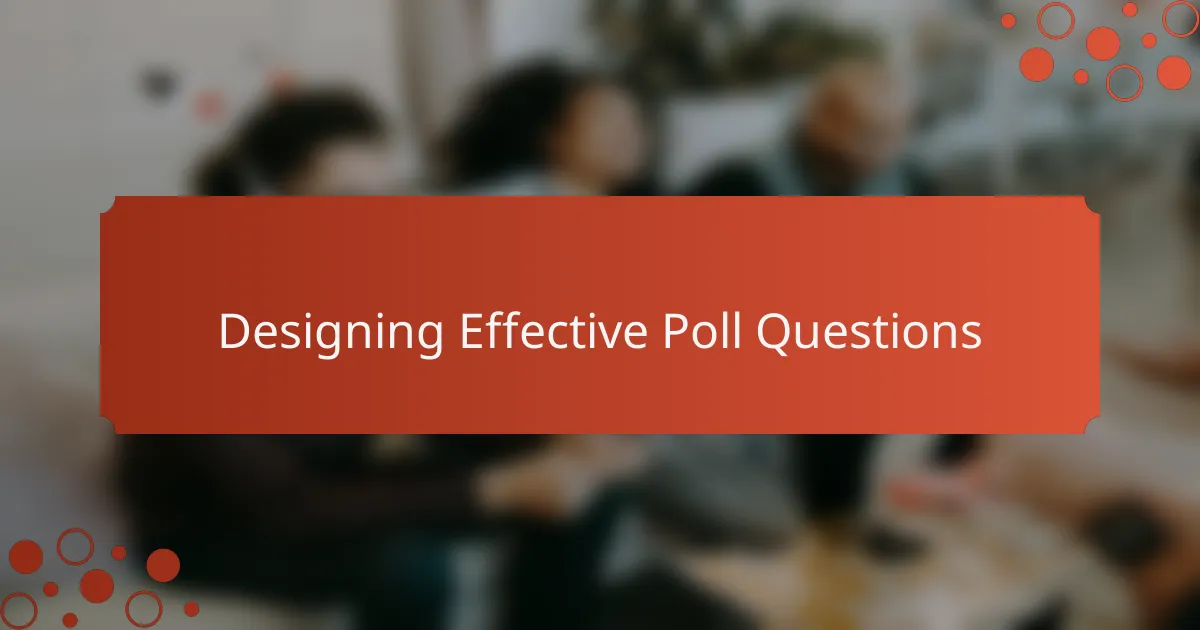
Designing Effective Poll Questions
Designing poll questions that resonate isn’t just about picking random topics—it’s about knowing what your audience cares about. I once created a poll that asked a very specific question related to a trending video contest theme, and the engagement soared because people felt it was relevant to their own interests. Have you ever clicked on a poll simply because it felt like it was made just for you? That’s the power of thoughtful design.
Sometimes, I catch myself overcomplicating the choices, thinking more options mean more answers. But experience taught me that too many choices confuse people—they freeze and move on. Limiting options to clear, distinct answers helps followers decide quickly and participate without hesitation. It’s like offering a menu: fewer dishes, but all delicious and easy to pick from.
I also learned to phrase questions in a way that invites quick opinions without room for ambiguity. Instead of “What do you think about video contests?”, I’d ask, “Which prize would motivate you most to join a video contest?” See the difference? It makes people envision a scenario and respond instantly. When your poll paints a vivid picture, engagement feels natural and fun.
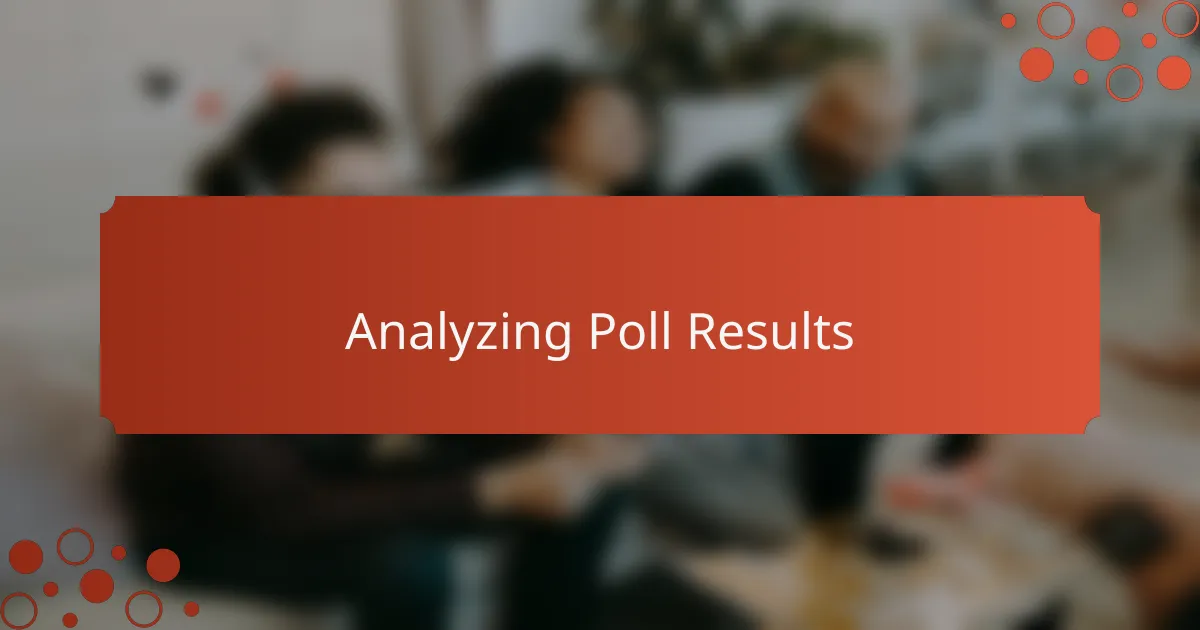
Analyzing Poll Results
When I first looked at my poll results, I realized the numbers alone don’t tell the whole story. It’s about digging into why one option got more votes—was it genuinely popular, or did the wording simply catch more attention? I started asking myself, what emotions or preferences do these results reveal about my audience?
Sometimes the outcomes surprised me. A choice I thought would be a clear favorite barely edged out the others. That made me reflect: Are my assumptions about what people want really accurate? Analyzing results isn’t just about finding the winner; it’s about uncovering hidden insights that can guide my next steps.
I also learned to track engagement trends over multiple polls. Seeing consistent patterns helped me understand what resonates deeply with my followers. It’s like having a direct conversation, where every vote is a piece of feedback—and that feedback is pure gold when you know how to read it.
